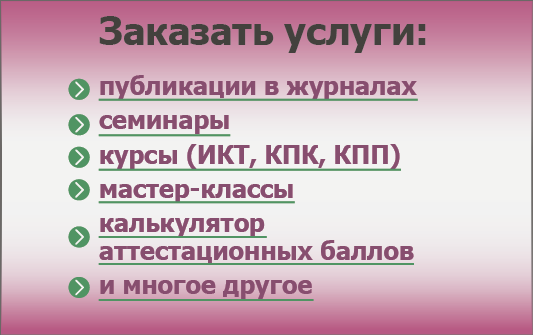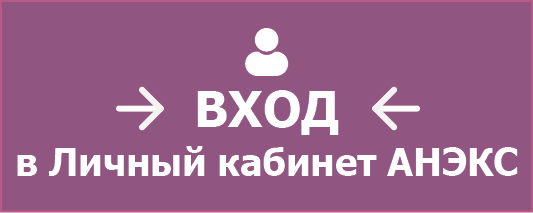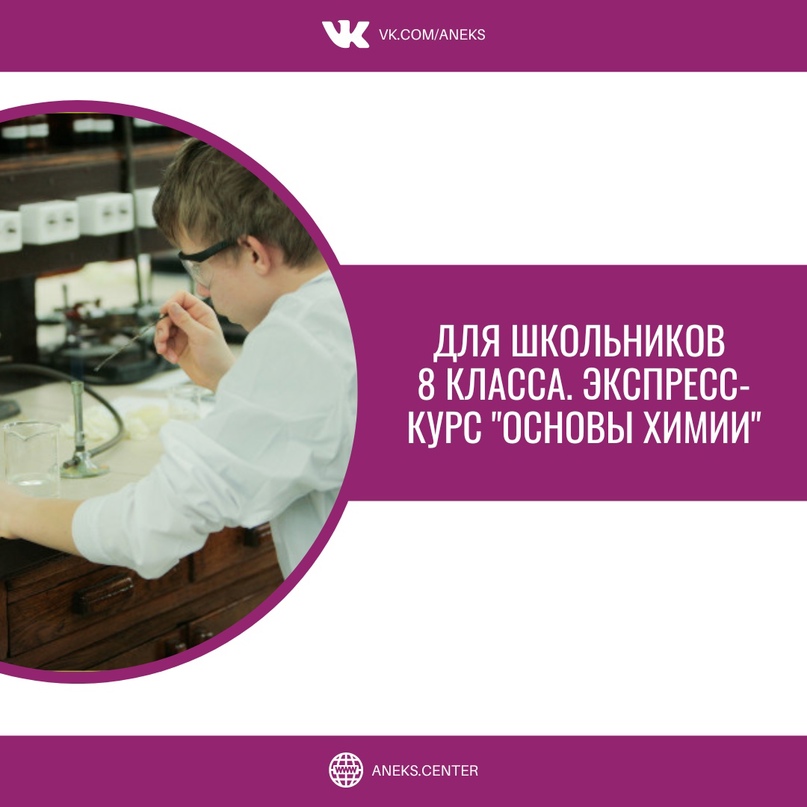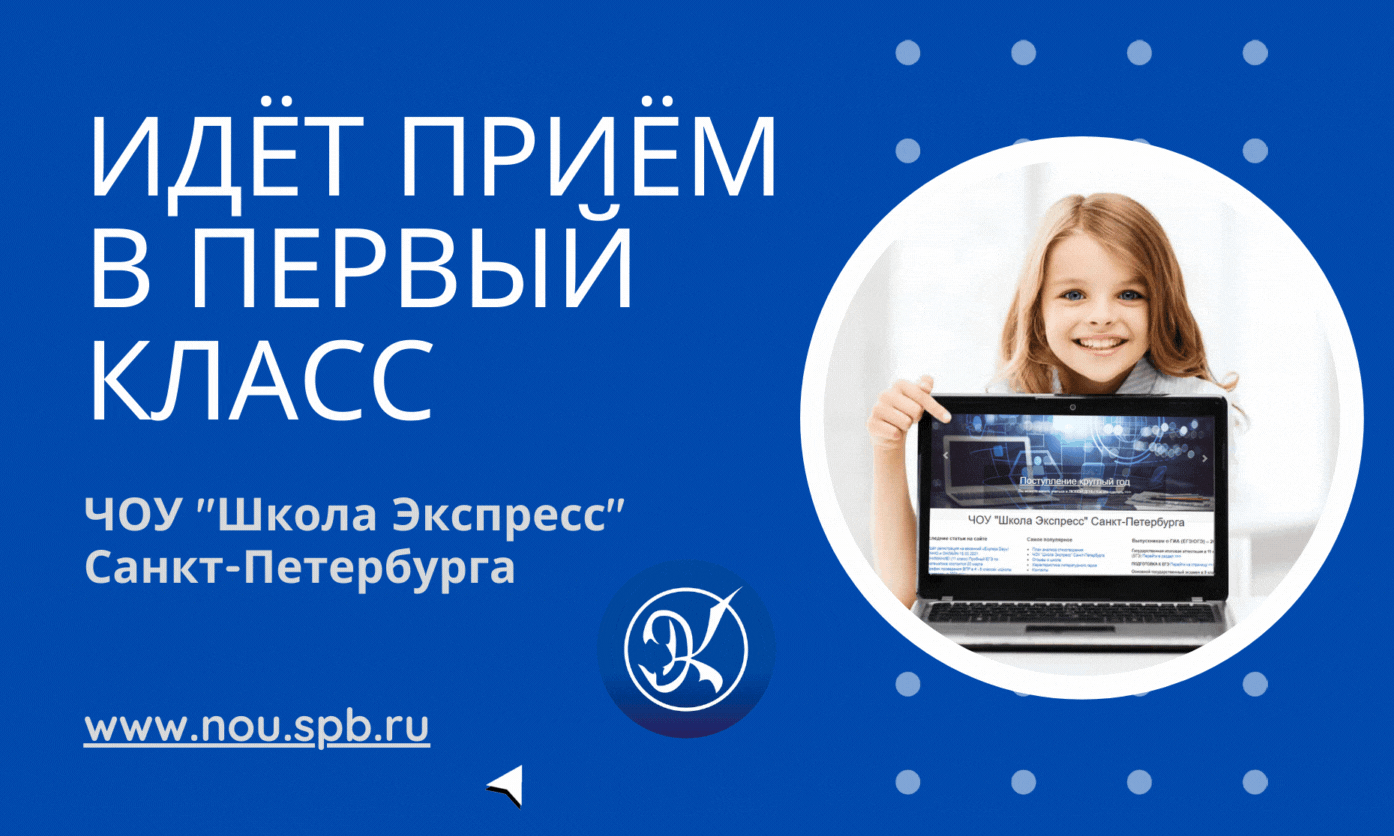Методическая разработка урока по английскому языку
Роль личности в истории России
(The Role of Personality in the History of Russia.Peter the Great)
Плехова Ольга Геннадьевна,
ГБОУ Гимназия № 32 «Гимназия петербургской культуры»
Учебный предмет: английский язык Класс: 10 УМК: Spotlight 10 («Английский в фокусе», Афанасьева О.В., Дули Д., Михеева И.В.)ГБОУ Гимназия № 32 «Гимназия петербургской культуры»
Тема урока: “The Role of Personality in the History of Russia. Peter the Great” / «Роль личности в истории России. Петр I
Тип урока: изучение нового материала Цель урока: развитие навыков монологической речи Задачи урока: Учебная: способствовать развитию коммуникативных умений, тренировка лексического материала на историческую тематику, развитие навыков построения дискурса. Воспитательная: воспитывать у учащихся интерес к истории своей страны, развивать патриотические чувства через знакомство учащихся с выдающимися правителями России. Развивающая: развитие памяти, логического мышления, развитие умения убеждения и отстаивания своей точки зрения используя исторические факты.
1 ЭТАП. САМООПРЕДЕЛЕНИЕ В ДЕЯТЕЛЬНОСТИ
Dear colleagues and guests, we are glad to welcome you to our lesson. Dear students, we will show our guests what we do in our class. We are living in a time of Great changes. It may seem that nothing is changing: every day is like the day before. But if we look back in History, we see some big events that changed the history of different countries or the whole world. Can you give some examples of such events from History of Russia or the World History? Is it possible that these big events happened without any reason, on their own? Who makes history? (People make history. It’s people who make history) Who leads people? Who organizes people? (A strong person / A leader / a Great person.) In the history o Russia there have been a lot of great figures, strong leaders. Now you are going to see portraits of some Russian leaders, who did a lot for Russia. I’d like you to tell me their names. If you have a problem and can’t identify a person, I’ll give you some prompts. The first leader has the nick-name ‘the Fair Sun’. What is his name? – Vladimir the Fair Sun (960-1015). The next historic figure has the nick-name ‘the Wise’. Can you tell me his name? – Yaroslav the Wise (978-1054). The next leader has a name connected with the main river of this city. – Alexandr Nevsky (1220-1263). This leader received his name after the name of one of the biggest Russian rivers – Don. – Dmitry Donskoy (1350-1389). All these leaders were the Rurikid Princes. The leader we’re going to talk about in detail comes from the Romanov’s family and his name is strongly associated with the name of this city. He is known as a great leader. – Peter the Great (1672-1725). So, the topic of our lesson is to discuss the personality and the deeds of Peter I, the great things. And the aim of the lesson is to understand -what made Peter I an outstanding figure in Russian History; -why some political figures are remembered in history like great leaders.
2 ЭТАП. УЧЕБНО-ПОЗНАВАТЕЛЬНАЯ ДЕЯТЕЛЬНОСТЬ
1. You’re going to read a text about Peter I. Which of the following do you expect to find in the text? Biographical information Personality Predecessor Political achievements Family Army and Navy Successor Economical achievements Read the text and check if you were right. Tsar and Emperor Peter I Alexeyevich (1672-1725) Peter I, better known to the world as Peter the Great, was born on 9th June 1672. Peter Great’s reign began a new epoch in Russian history. In 1682 as a boy of ten he was proclaimed at first tsar and later the same year co-tsar with his elder half-brother Ivan (Ioann). Their elder sister Sophie was proclaimed the regent. The two boyar families, the Miloslavskys, Ivan and Sophie’s relatives, and the Naryshkins, Peter’s relatives, competed for the throne. During the co-rule with Peter, Ivan took no part in state affairs. When Ivan died in 1696 at the age of 29, Peter was left the only and absolute sovereign of Moskovy on the throne. Peter began ruling the state at the age of twenty-two. Peter the Great had an enormous strength and boundless energy. In addition to his extraordinary physical attributes, Peter I demonstrated some remarkable qualities of mind and character. The tsar’s intellectual curiosity was coupled with an amazing ability to learn. He was ambitious, intuitive, despotic, courageous, cruel and self-assured. He combined both, an amazing capacity for work and an equally unquenchable thirst for amusement. His curious and lively mind led him to acquire knowledge in many different crafts and science, including shipbuilding, artillery, fortifications, diplomacy, military tactics, mechanics, medicine and astronomy. Peter I participated in all kinds of state affairs, both general and special, becoming deeply involved in diplomacy, administration, justice, finance, commerce, industry, education, and practically else besides. Peter I led the country onto the world stage through a series of reforms. In his reforms the tsar valued expert advice, but he also was independent in thought and he managed to develop into an accomplished military and naval commander. The reforms of Peter the Great affected practically every aspect of Russian life. He developed Russian industry, opening many new factories, mills and mines and building the Vyshny Volochek and Ladoga Canals. The merchant class was divided into guilds, while craftsmen were grouped in corporations. Medical institutes, a public theatre and schools of translators were opened. New coins were minted. He created a pyramidal form of state structure. In 1703 (27th May) Peter the Great founded St. Petersburg, a gateway to Europe, which happens to be the most lasting contribution to Russia. In the North War of 1700-1721 Peter the Great beat the Swedish army of Charles XII. The North war and the Russo-Turkish War (1710-1711) led Peter the Great to understand that the Navy and the Army needed modernization, which he carried out. The peasantry served the nobility, the nobility served the monarch and the monarch served the state. On 22 September 1721 the Senate issued an order, officially proclaiming the tsar the «Father of Motherland» and «Emperor Peter the Great of All the Russias». Peter began 1725 in poor health. On 16 January he took to his bed. Under the terms of his manifesto, the emperor was obliged to name his own successor. On 27 January, he sat down to write his will, but only managed to write: « Leave everything to…» On 28 January 1725, Peter the Great died in great pain. He left no son heir. 2. Read the text again and answer the following questions. 1. When was Peter the Great born? 2. Who was the co-tsar to Peter I? 3. When did Peter I become the independent tsar? 4. What was the pyramidal structure of the state? Who served the whole country? 5. When did Peter the Great build the gateway to Europe? 6. What order did the Senate issue in 1721? 3. To understand the text better, have a look at some key words and their definitions. Reign is the period of time when a king or queen rules a country. A regent is a person who rules a country only for a limited period, because the king or queen is absent or too young, too ill, etc. A sovereign is a king or queen, a tsar or tsarina. Peasantry / peasants (especially in the past) is all the people who owned or rented a small piece of land and grew crops, kept animals, etc. on it, especially those who had a low income, very little education, and a low social position. The nobility is people in the highest social class in some countries. Successor is someone who has an important position after somebody else 4. Now we are going to look for detailed information about Peter the Great. You’ll be working in pairs or groups, looking for some details of Peter I’s life. 1. The task for the first group is to find information about Peter’s character and physical attributes and write it down. 2. The task for the second group is to read for the tsar’s spheres of interest. 3. The third group should look for his achievements and put them down.
3 ЭТАП. ИНТЕЛЛЕКТУАЛЬНО-ПРЕОБРАЗОВАТЕЛЬНАЯ ДЕЯТЕЛЬНОСТЬ
5. Complete the gaps with the words and phrases from the text. 1. Peter I, better known to the world as Peter the Great, was born on 9th June 1672. 2. Ten years later in 1682 he was proclaimed tsar and later a co-ruler of the state with his elder brother Ivan. 3. He was left the only and absolute monarch of Moskovy on the throne. 4. At the age of 22 Peter began_ruling_ the state. 5. Peter I demonstrated such remarkable qualities of mind and character as intellectual curiosity and an amazing ability to learn. 6. Due to his curious and lively mind Peter acquired knowledge in many different crafts and science, including shipbuilding, artillery, fortifications, diplomacy, military tactics, mechanics, medicine and astronomy. 7. Peter I participated in all kinds of state affairs, both general and special. 8. He was deeply involved in diplomacy, administration, justice, finance, commerce, industry, education. 9. Peter I led the country onto the world stage through a series of reforms. 10. The reforms of Peter the Great affected practically every aspect of Russian life. 11. He developed Russian industry and created a pyramidal form of state structure. 12. In 1703 Peter the Great founded St. Petersburg, which functioned as a gateway to Europe. 13. After the North war and the Russo-Turkish War (1710-1711) Peter the Great carried out modernization of the Navy and the Army. 14. In 1721 the Senate issued an order, officially proclaiming the tsar «Emperor Peter the Great of All the Russias». 15. On 28 January 1725, Peter the Great died in great pain, leaving no son heir. 5. Complete the gaps with the words and phrases from the text. 1. Peter I, better known to the world as Peter the Great, ______________ on 9th June 1672. 2. Ten years later in 1682 he ______________ and later a co-ruler of the state with his elder brother Ivan. 3. He was left the only and absolute monarch of Moskovy ______________. 4. At the age of 22 Peter began_______________ _ the state. 5. Peter I demonstrated such ______________ ______________ as intellectual curiosity and an amazing ability to learn. 6. Due to his curious and lively mind Peter ______________ in many different ______________ and science, including ______________. 7. Peter I participated in all kinds of ______________, both general and special. 8. He was deeply ______________ in __________________________________________. 9. Peter I ______________ the country onto ______________ through a series of reforms. 10. The reforms of Peter the Great ______________ practically every aspect of Russian life. 11. He developed Russian industry and created a pyramidal form ______________. 12. In 1703 Peter the Great ______________ St. Petersburg, which functioned as ______________ to Europe. 13. After the North war and the Russo-Turkish War (1710-1711) Peter the Great ______________ modernization of the Navy and the Army. 14. In 1721 the Senate ______________ an order, officially proclaiming the tsar «Emperor Peter the Great of ______________ ». 15. On 28 January 1725, Peter the Great died in great pain, leaving no ______________. 6. Now, think about Peter the Great, analyse his life, and try to understand: -what personality characteristics help a country leader to be effective; -what achievements of a country leader can be qualified as outstanding; -why some political leaders are remembered in history. 7. Talk with your friend from abroad and, using examples from the text, prove that Peter I was a great leader. 4 ЭТАП. РЕФЛЕКСИВНАЯ ДЕЯТЕЛЬНОСТЬ. 8. To sum up, express your opinion on the question why some political figures are remembered in history like great leaders.











